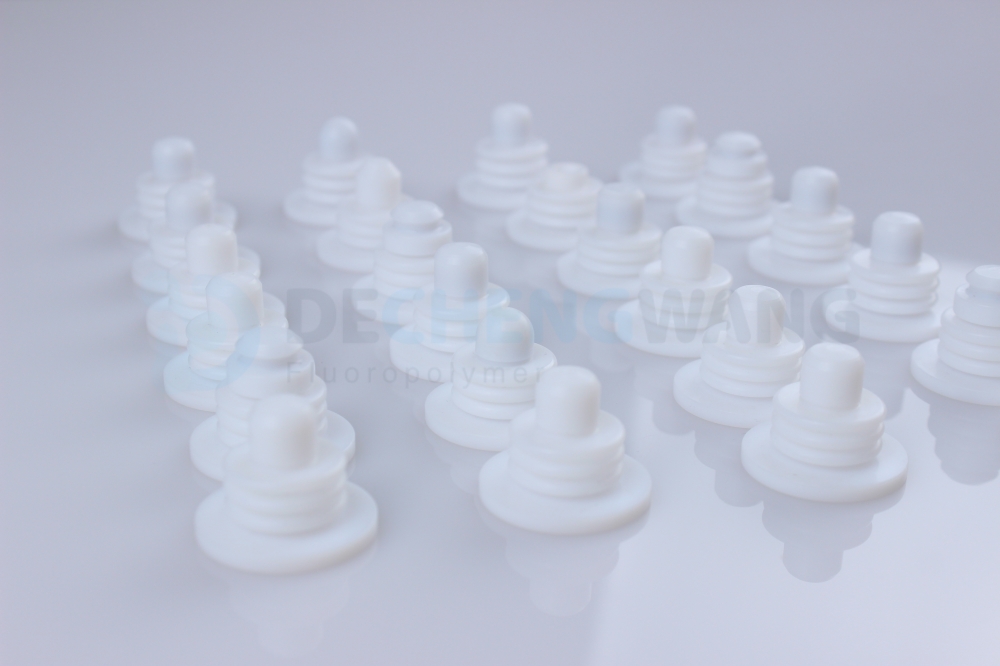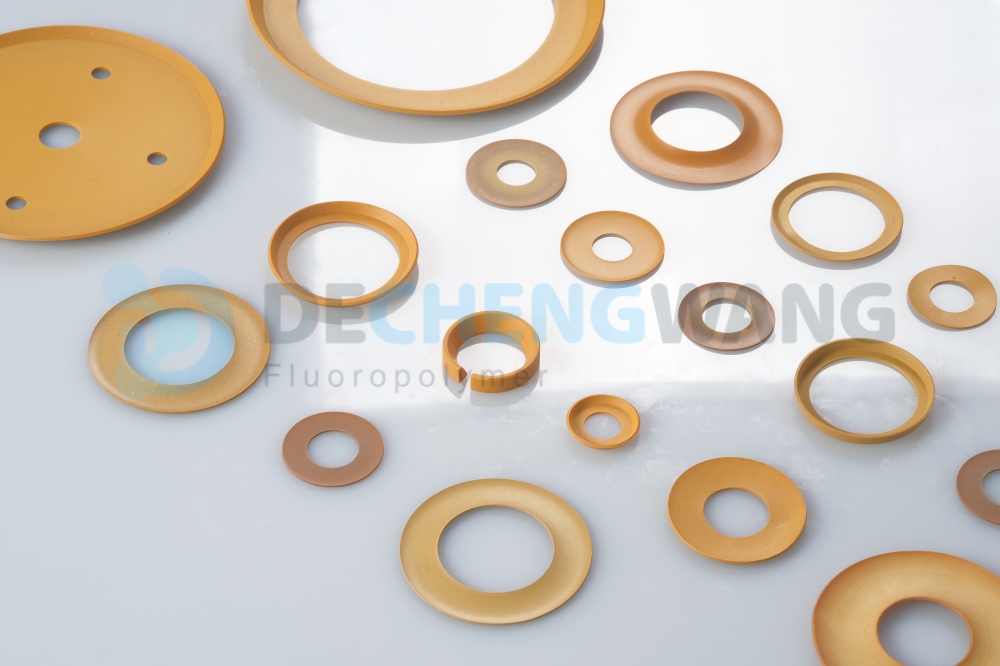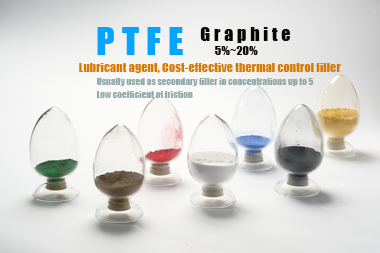
Applications: PTFE Bellows seals for valves
Bellows Mechanical Seal are a type of mechanical seal where the spring element is a bellows. They are a critical component in preventing fluid or gas
Several industries work with fluids, such as chemicals which are often harsh and harmful. This requires the use of protective tubes for safe and fast passage. While fluoropolymers are usually used for this function, Polytetrafluoroethylene (PTFE) has stood out as the best option as it has outstanding features that make it ideal for numerous applications, such as food & beverage, cosmetic, and petrochemical.
As a reputable PTFE tube manufacturer that has been in the business for over a decade, in this post, we will be shedding light on everything you need to know about PTFE tubing. In doing this, we will provide answers to various questions like: what is PTFE tubing, the benefits of PTFE tubing, its several applications, and so many more.
Firstly, what are PTFE tubes? They are semi-transparent, non-toxic, chemical-resistant materials that support the free flow of fluids and are capable of withstanding harsh temperatures.
On the other hand, PTFE tubing is the process of using PTFE tubes to facilitate the flow of fluids across numerous applications within a temperature range of 260⁰C (500⁰F) to -270⁰C (-454⁰F).
PTFE tubing cannot be processed normally in extruders or injection molding because it does not really melt, which is why it’s dry molded or extruded in hydraulic extruders with or without the use of lubricants. When a lubricant is used, it yields flexible PTFE tubing, but this occurs in a batch process, meaning that long continuous lengths are restricted to the batch size.
In all cases, PTFE tubes are proven to work better than other fluoropolymers as they provide numerous benefits. Some of the most common reasons why PTFE tubing is chosen include:
While other tubes will fail when the fluid temperature rises and thereby melt or make messes for operating staff, PTFE tubes remain intact. No matter the condition they are exposed to either extreme heat or cold, they remain highly functional.
Just like other types of fluoropolymer tubing, fluids are fed through PTFE tubing for transmission to other areas. However, PTFE tubes are superior as they support all kinds of fluids, withstand higher temperatures and UV rays, and possess the lowest coefficient of friction.
Below are the most common industries where PTFE tubing is used.
Fluoropolymer medical tubing, including PTFE tubing, offers many benefits to the health sector, such as improvement of safety measures. Liquids roll off PTFE materials and are capable of withstanding chemicals, as well as being highly biocompatible, making them useful with the human body. PTFE tubing is used for several purposes in the medical industry, such as the transmission of oxygen and blood to patients, as well as the making of catheters.
PTFE tubes can be used for the transfer of fuel, oil, gas, and water. While all kinds of tubing can support water transfusion, not all of them are compatible with fuel, oil, and gas. But PTFE tubes perform adequately without any negative effects.
It can be used to deliver all kinds of liquid and gaseous ingredients needed during food preparation. Aside from ingredients, chemicals are often added to food and beverages to serve as preservatives. PTFE tubes are used to do this.
In chemical applications like laboratories, PTFE is used in place of glass because of its inertness and durability. PTFE tubing guarantees high functionality regardless of the toxicity of the chemicals.
Thanks to PTFE’s excellent dielectric properties, it’s used for insulating high-voltage cables. Also, it is used as a cable sheath to protect operators and maintenance personnel from any harm that could result from handling electrical components.
In selecting the best PTFE tubing for every application, these are the factors to consider.
Glass fillers: They have superior wear resistance, reduced creeping rate, and high compression strength, making them also perfect for hydraulic piston rings. Also, glass fillers possess high compressive strength, ensuring that the tubing doesn’t get distorted over time.
Carbon fillers: They improve the performance of PTFE tubes in various ways, which includes improved compression strength, wear resistance, toughness, heat conductivity, and lower absorbency.
Graphite fillers: They offer the same benefits as carbon fillers, but they don’t enhance wear resistance in the same way. However, graphite fillers have superior self-lubricating properties and a low friction coefficient.
Bronze fillers: PTFE tubes that have this are perfect for applications that demand high thermal and electrical conductivity. They also improve wear resistance but reduce the PTFE’s non-stick qualities and chemical inertness.
One of the key properties of PTFE tubes is durability. They are lightweight and resistant to water, chemicals, and all other unfavorable conditions, making them last very long.
Using an extruder as an example, you’ll be able to replace PTFE Tubes by following these steps.
Amongst all polymer tubes, PTFE tubing is highly rated for its numerous properties and capabilities to perform effectively in all conditions. It offers several benefits that cut across various industries, making it the most commonly used in liquid and gaseous operations.
For the best PTFE tubing and professional guide in making informed decisions about the types of tubes to skyrocket your business success, contact Dechengwang – the best company in manufacturing PTFE and other fluoropolymer tubes.

Bellows Mechanical Seal are a type of mechanical seal where the spring element is a bellows. They are a critical component in preventing fluid or gas

In the world of engineering and manufacturing, where precision and efficiency are paramount, the role of wear resistance plastic has evolved far beyond their conventional image.

PTFE is a versatile polymer with outstanding properties like chemical resistance, low friction coefficient (self-lubricating), non-stick nature, and excellent electrical insulation. However, it also has some